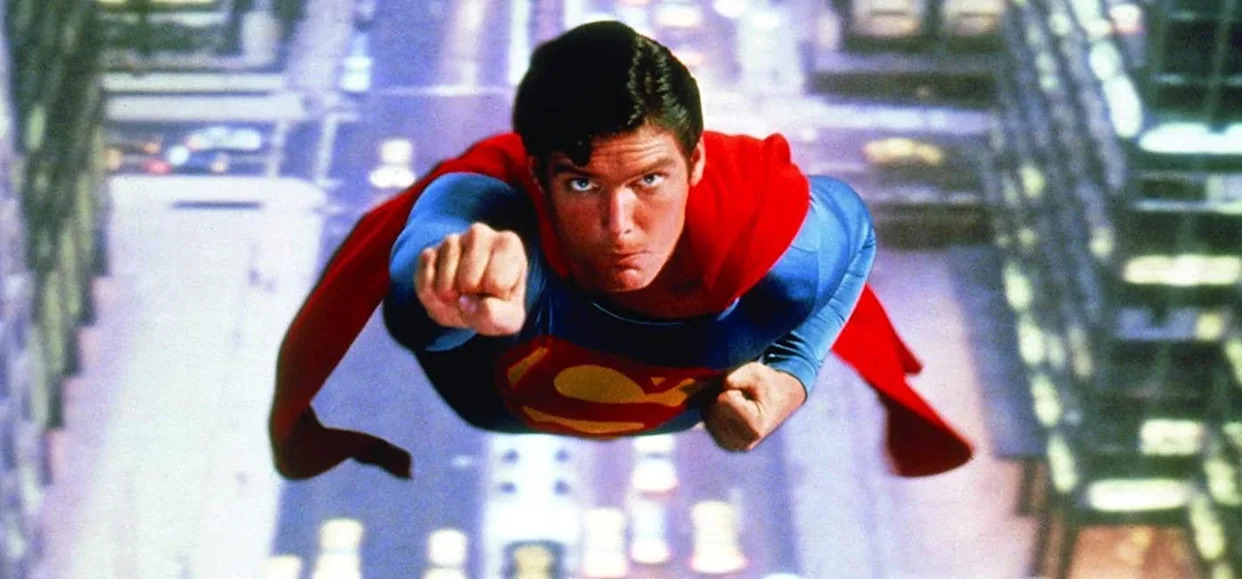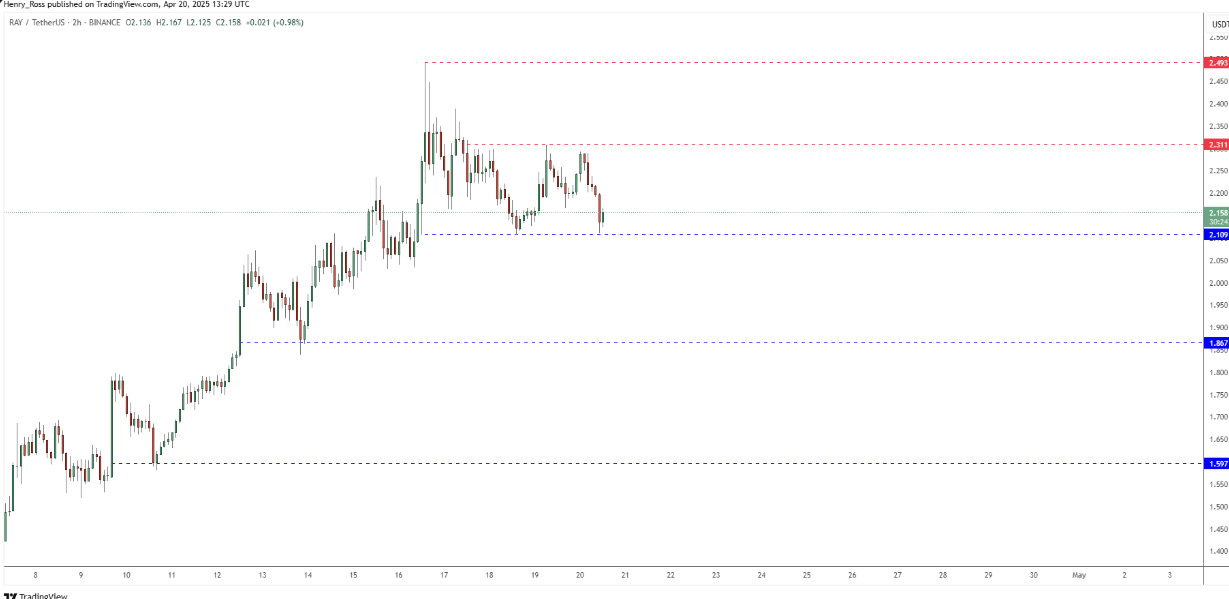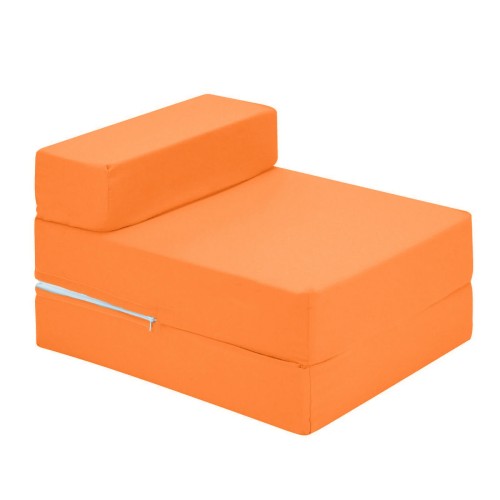How Christopher Reeve’s Superman flew — and became the only Man of Steel movie to win an Academy Award

At the very top of his review for Richard Donner's 1978 film adaptation of the iconic American hero Superman, The Hollywood Report critic Ron Pennington addressed the bar set for the film by its own tagline.
"First things first: The wires don’t show and the special effects are truly spectacular in Superman, an Alexander and Ilya Salkind production of a Richard Donner film," Pennington wrote. "And the promotional line, 'You’ll believe a man can fly,' that is being used by Warner Bros. in the advertising is not that far-fetched."
More from Gold Derby
Justin Bieber 'as we've never heard him before': What the critics are saying about the surprise album 'Swag'
'Billy Joel: And So It Goes': Everything to know about the two-part documentary on the Piano Man
AdvertisementAdvertisement#«R15e4kr8lb2m7nfddbH1» iframe AdvertisementAdvertisement#«R25e4kr8lb2m7nfddbH1» iframeClearing that bar — in a single bound, no less — earned the special effects team of Les Bowie, Colin Chilvers, Denys N. Coop, Roy Field, Derek Meddings, and Zoran Perisic a special Academy Awards in 1979, the only Oscar ever given to a Superman film.
But what made their work so worthy of recognition? The otherworldly visuals, of which a flying Christopher Reeve was only one, required the team to combine a multitude of special-effects techniques and invent some entirely new ones in order to sell that Margot Kidder's Lois Lane was falling out of a helicopter or that Zodd and his cronies were trapped in a pane of glass.
A year before he died, Field presented an extensive look at how the special effects came together on a 2001 DVD special feature called The Magic Behind the Cape that goes into detail about all of the techniques used on Superman with some great behind the scenes footage. The featurette is officially posted on YouTube and worth a watch for fans wanting to know more about all of the effects, but for a quicker rundown of just what made the film so special in 1978, here's an overview of the work in Superman that allowed a man to fly.
Wire work
The first technique is the simplest, but one that benefited greatly from the man in the suit. Often for the beginning or very end of a flying sequence, Reeve would be raised or lowered by a crane, which would then connect to harnesses he wore beneath his costume. It's a system that's far older than Superman, but it was Reeve's control of his body that helped sell the effect and hide that he was being hoisted.
Optical printing
In practice, this effect looks most similar to tricks you might see on a set today. Some in-flight shots were done by placing Reeve in front of large blue screens, which could then be chemically removed from the frame, leaving only him in the frame. That isolated image could then be added to other footage via an optical printer, which would create a new frame by photographing the two images one on top of the other. An issue arose, however, with the color of Superman's signature blue outfit, which needed to be shifted closer to turquoise in order to avoid being wiped away in the process.
Front projection
A twist on the old trick of rear projection — photographing actors in front of a screen projecting a filmed background — front projection utilized a special highly reflective material made by 3M that made for a more believable effect. A projector off to the side of the camera, shined light through a one-way mirror onto a screen that reflected light directly into the camera placed in front of it.
Zoptic system
A creation of team member Zoran Perisic, this system iterated on front projection to allow for dynamic camera movements. By syncing zoom lenses attached to the camera and the projector playing the background image, the crew was able to make it appear that Reeve was flying into camera at the exact same rate as the background was getting farther away.
Best of Gold Derby
Everything to know about 'The Batman 2': Returning cast, script finalized
Tom Cruise movies: 17 greatest films ranked worst to best
'It was wonderful to be on that ride': Christian Slater talks his beloved roles, from cult classics (‘Heathers,’ ‘True Romance’) to TV hits (‘Mr. Robot,’ ‘Dexter: Original Sin’)
Sign up for Gold Derby's Newsletter. For the latest news, follow us on Facebook, Twitter, and Instagram.
Click here to read the full article.













